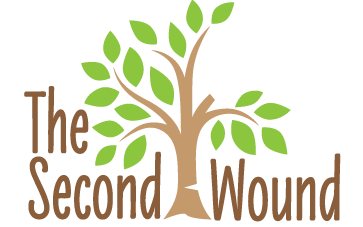The Second Wound Blog

It happens a lot. Someone shares with me that they've sent a Second Wound website link to someone they care about, hoping the recipient will learn from the content and…

The young woman behind the counter at Sunglass Hut did not deserve my wrath. Unfortunately, I only realized this days after I’d stalked out of the shiny store in a…

It's been a while since I've written a blog entry or published a podcast. The reason for this, simply put, is that I decided to direct my focus inward for…
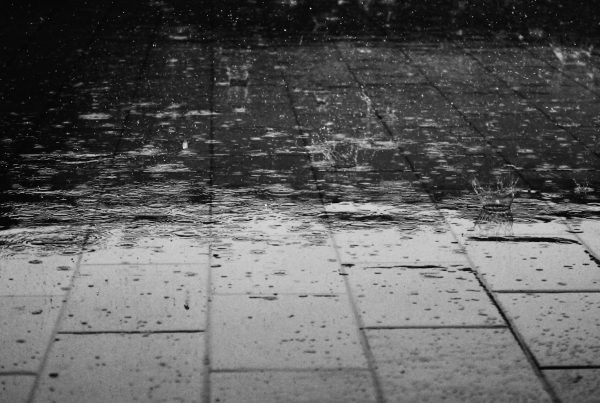
Twenty-five years ago when I first disclosed that I had been sexually abused as a child, I could not have known it would mark the beginning of a long, confusing…

Rowena Chiu gets asked the question by journalists regularly. “Why did you agree to meet with Harvey Weinstein in his hotel room?” The answer, to anyone who knows the context,…

Raising a teenager is hard. Being a teen is even harder. Many, if not most, kids at some point in their teenage years will struggle emotionally, act out unpleasantly, and…
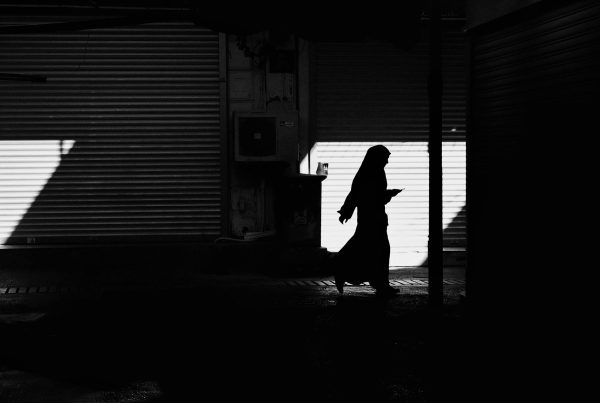
It took me five years to get up the nerve to watch The Keepers. I knew enough about the critically acclaimed 2017 docuseries, and the web of crimes it revealed,…

Kirsten wants you to know that her daughter, Annie, is a hero. That’s the real story, the one that doesn't get told enough. Kirsten knows how kind and moral her…

My advanced copy of CHOSEN: A Memoir of Stolen Boyhood arrived on my front stoop on a recent Friday afternoon. By Sunday morning I had read all 318 pages. I’d…

“I think something bad happened to me.” These were Chandra Moyer’s words to her husband after she was suddenly hit with frightening flashbacks at the age of 37. In the…
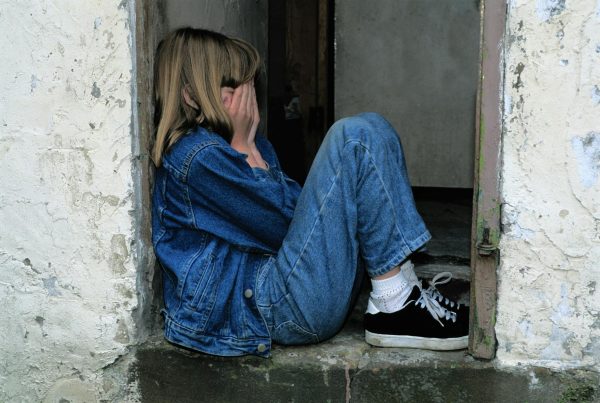
Being stuck in the role of the scapegoat is a lonely experience. Your place in the group never really feels secure. You live with a constant sense of being blamed…

Who made the world? Who made the swan, and the black bear? Who made the grasshopper? This grasshopper, I mean— the one who has flung herself out of the grass,…

“What do you have to lose?”, her partner asked. Maddie Morris had been thinking about contacting me for a while. She wanted to say she’d been comforted by the podcast…

When the newest issue of New York Magazine arrived in my mailbox last week, it didn’t take long for me to flip to the back page and peruse the “Approval…

It’s American Thanksgiving today. In the midst of the bustle of holiday prep, I have survivors on my mind; those, like me who are estranged from their families. Whatever the…
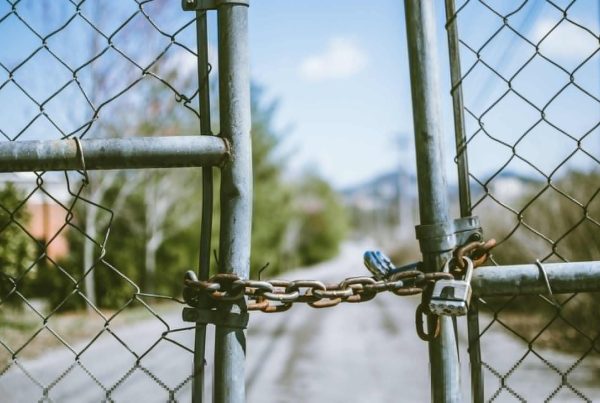
“They would never do that.” These are dangerous words when spoken in response to concerns about potential sexual abusers. And yet, I regularly hear stories about people answering this way…

Growing up in Second Wound families, I think many survivors learn to take what they can get. They are taught not to ask for much. And they don't dare complain…

Perfectionism is a familiar affliction for survivors. So many of us strive to achieve top grades and performance reviews, to dress just right for every occasion, and master the social…
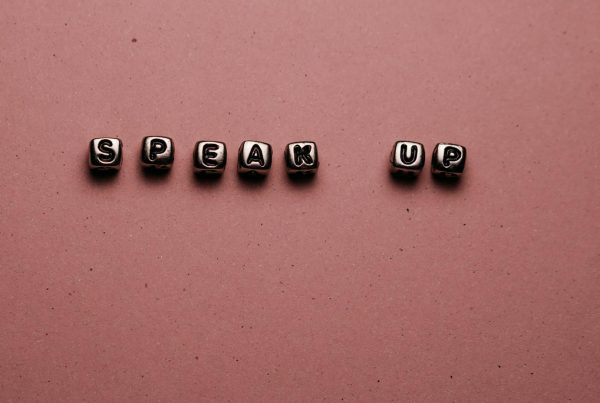
What if we lived in a world where victims of sexual assault, abuse, and harassment felt free to speak up? What if they were treated kindly, and almost always believed? What…

The following is adapted from a bonus Truth & Consequences podcast episode recorded during the Covid-19 quarantine. I'm posting it here because it addresses retraumatization and the resurfacing of past…

You might think, being a victim of sexual abuse or assault, it is the experience that affects survivors the most, causes the most damage in our lives, and has the…

There is no substitute for feeling heard, understood, and cared for. These are the gifts of human connection, an integral component of where healing begins from the trauma of sexual…
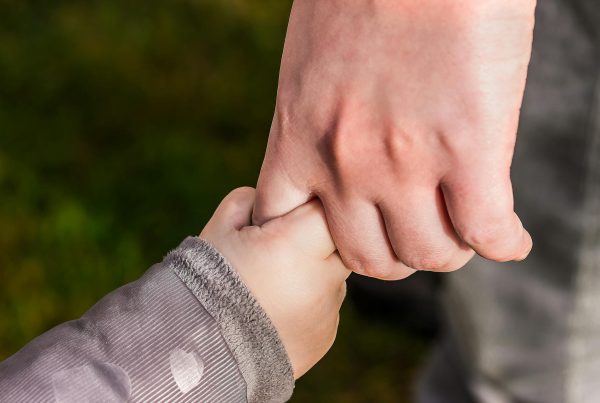
There have been many points during my parenting journey when I wished I could fall back on what I’d learned from my own mom and dad, to recall how they’d…

Dear Survivors, You 100% deserve to be believed. Though it’s nearly impossible to gather accurate statistics on false reporting of sexual abuse, we do know that it’s rare. If we…
